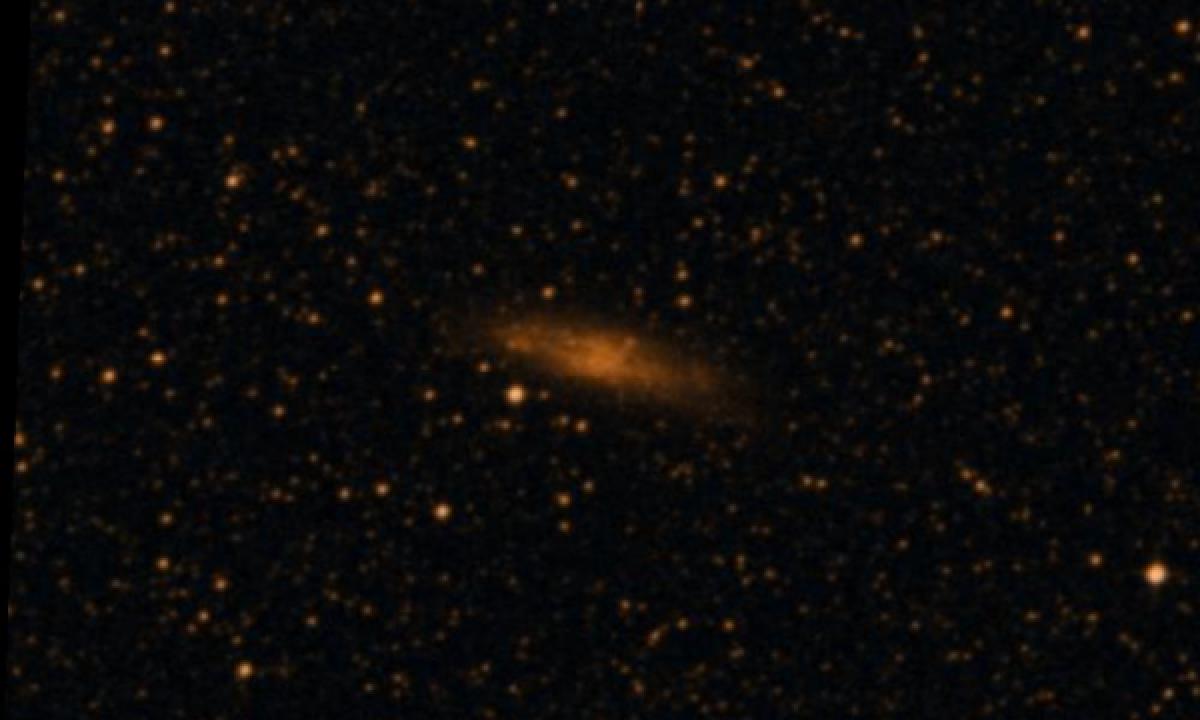The New General Catalogue of Nebulae and Clusters of Stars (abbreviated as NGC) is a catalogue of deep-sky objects compiled by John Louis Emil Dreyer in 1888. The NGC contains 7,840 objects, known as the NGC objects. It is one of the largest comprehensive catalogues, as it includes all types of deep space objects, including galaxies, star clusters, emission nebulae and absorption nebulae.
Know more about NGC
NGC 1892

NGC 1892 is a spiral galaxy located approximately 51 million light-years away the constellation Dorado. It was discovered November 30, 1834 by John Herschel. NGC 1892 is a member of the NGC 1947 Group which is part of the Southern Supercluster. NGC 1892 despite being a spiral galaxy, has a central bulge is more morphologically similar to dwarf irregular galaxies. The galaxy's central bulge which is highly irregular, is obscured by a dust lane. NGC 1892 is also host to a nuclear star cluster with an estimated mass of 7.381 × 106 M☉, and a supermassive black hole with an estimated mass 4.7 × 106 M☉. A probable supernova of type IIP was photographed by the Carnegie-Irvine Galaxy Survey (CGS) in 2004, but it was not noticed until Brazilian amateur astronomer Jorge Stockler de Moraes compared the CGS image to one he took in January 2017.
More Images:

Sources:
Wikipedia Page: NGC 1892
NGC 1892 at In-The-Sky website
